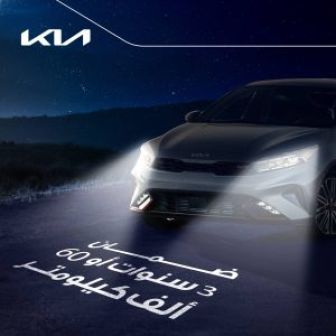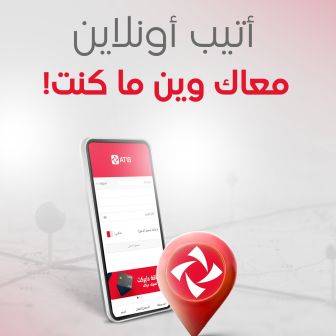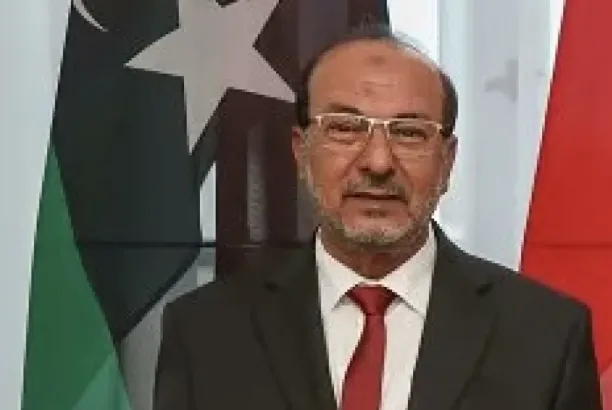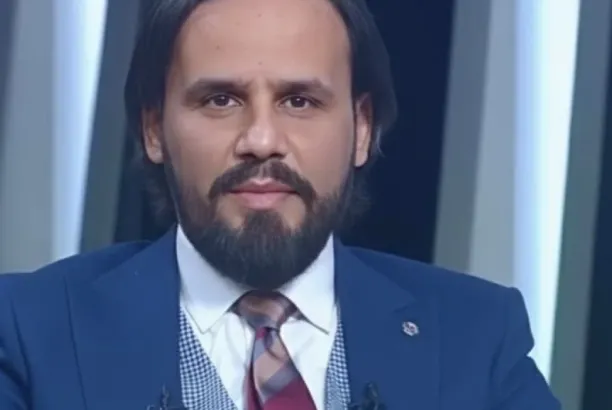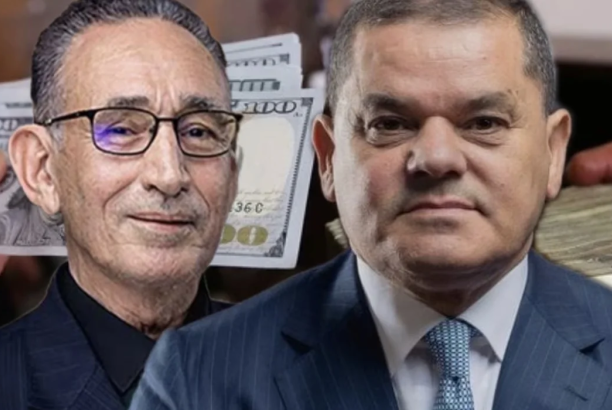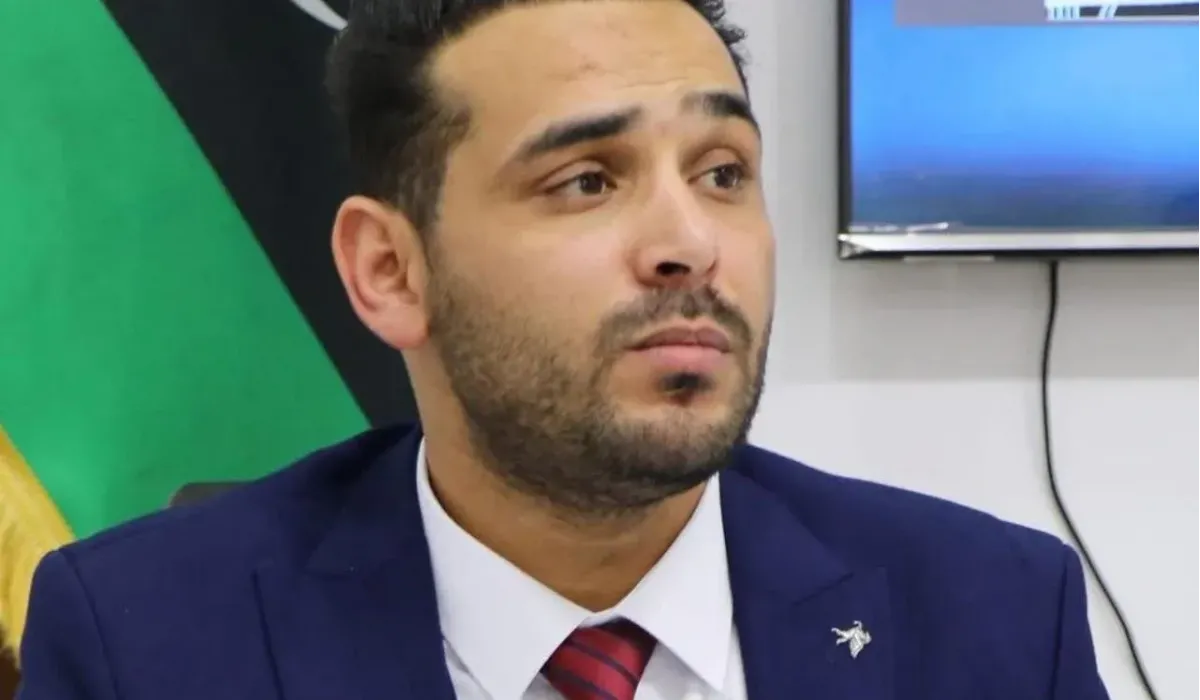
| News
Al-Barghouthi writes: “Libya and the Gold Backing of the Dinar.. Between Local Reality and Global Transformations”
Professor of Political Economy Mohamed Al-Barghouthi wrote in an article:
Amid the profound transformations taking place in the global financial system, gold has reemerged as a strategic asset that restores balance to the international monetary power structure. After decades of U.S. dollar dominance as the primary reserve currency, major countries such as China, Russia, and India have begun to increase their gold holdings and reduce reliance on the dollar and the IMF’s Special Drawing Rights (SDRs), as a reaction to the challenges faced by major currencies such as the dollar, the euro, and the pound sterling.
Within this turbulent global context, the Libyan case appears exceptional and remarkable. Data indicates that Libya holds gold reserves of about 146 tons, valued at approximately 17 billion dollars according to recent international prices (about 117 million dollars per ton of 24 carats or 999.9). Comparing this figure with the money issued and printed (M0), estimated at about 55 billion Libyan dinars, we find that the total value of gold, when converted at the current exchange rate (about 5.4 dinars per dollar), equals approximately 91 billion Libyan dinars.
This means, theoretically, that the Libyan dinar could be fully backed by gold, with a surplus exceeding the value of the issued money by about one-third. This is a rare advantage compared to neighboring countries or even some major oil states.
Regional and International Comparison
North Africa:
Algeria possesses 174 tons (the largest in Africa), but the value of the issued money there greatly exceeds the gold coverage.
Egypt possesses 126 tons, but it faces a massive fiscal deficit and external debt exceeding 160 billion dollars, which weakens the effect of gold as a reserve.
Morocco’s reserves do not exceed only 22 tons.
In comparison, Libya is in a distinguished position where its gold reserves can almost entirely cover the issued money.
Arab countries:
Saudi Arabia 323 tons, and Lebanon 286 tons (the highest in the Arab world), but each has different circumstances. Saudi Arabia relies on sovereign wealth funds and dollar reserves, while Lebanon, despite possessing large amounts of gold, suffers from the collapse of its currency.
The UAE only 74 tons, and its currency stability depends on cash reserves and huge investments.
Libya relatively surpasses in terms of the relationship between gold reserves and issued money.
Sub-Saharan Africa:
South Africa possesses about 125 tons.
The rest of African countries mostly possess less than 30 tons of gold.
Libya is among the top three African countries in terms of gold reserves.
Practical Problems
Despite the strength of this theoretical paradox, gold is a rigid asset that cannot be directly used to cover current expenses or finance imports, unless it is sold or pledged in exchange for globally tradable currencies. Therefore, Libya’s possession of this full coverage does not eliminate the necessity of having a coherent monetary and fiscal policy, especially in light of the almost total reliance on oil revenues, the continuation of the fiscal deficit, high government spending, in addition to institutional challenges related to corruption and lack of efficiency.
Reassuring Messages and Strategic Points
Libya’s gold reserves are stable and relatively increasing with the rise of global prices.
This grants the Central Bank a strong safety net that strengthens confidence in the dinar.
A systematic announcement that the issued money is fully covered by gold can be a powerful tool to calm inflationary expectations and raise public confidence.
Compared to the countries of the region, Libya has a distinctive situation that makes it capable of turning this advantage from a “symbolic” one into an actual foundation for protecting the stability of the dinar.
What Libya needs today is not merely announcing the possession of full gold coverage, but turning this coverage into a foundation within a comprehensive economic policy that includes public finance reform, sound reserve management, and coordination with other economic institutions. Only then can this rare advantage turn from a mere symbolic value into an active element in strengthening confidence in the dinar and its stability, and even into a point of strength in Libya’s regional and international position.
